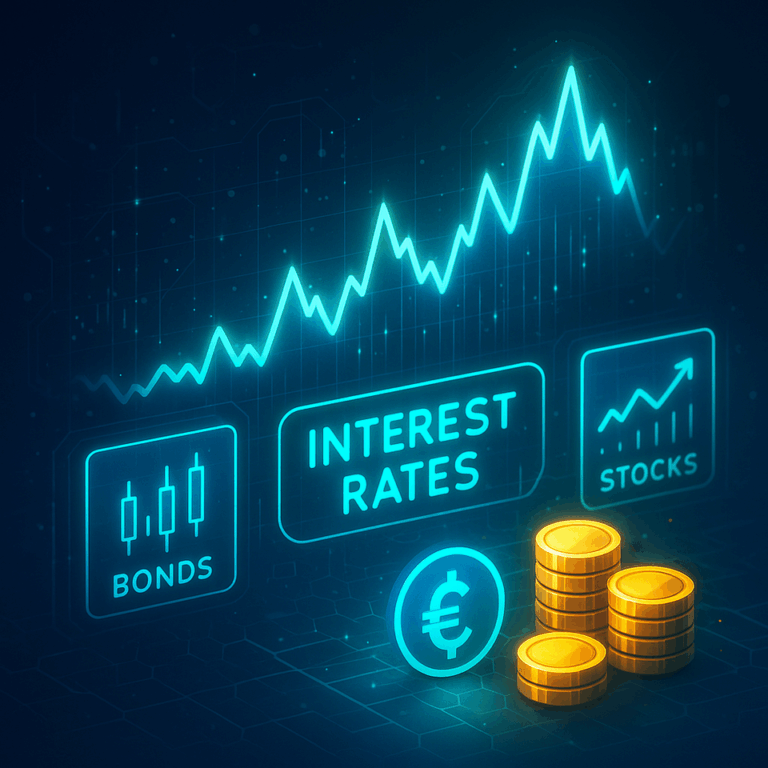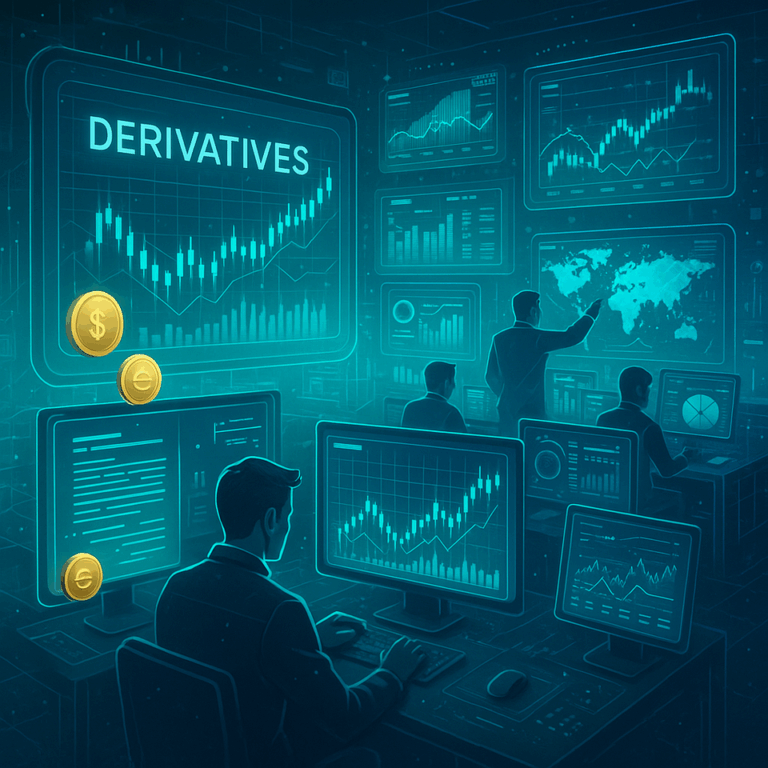The global financial landscape in 2025 is experiencing one of the most dynamic periods in recent history. A combination of economic restructuring, technological innovation, and environmental awareness is reshaping how markets operate and how individuals and institutions approach money management. From the expansion of digital currencies to the rise of sustainable investment practices, the world of finance is evolving to adapt to new realities driven by data, connectivity, and global interdependence.
In this changing environment, understanding the major financial trends of 2025 is critical for anyone seeking to grasp how wealth, risk, and opportunity are being redefined. The intersection of technology and finance has created a more efficient yet complex ecosystem that influences everything from international trade to personal savings strategies.
The State of the Global Economy in 2025
The global economy in 2025 reflects both resilience and transformation. Following years of inflationary pressure, disrupted supply chains, and shifting monetary policies, many nations have stabilized their growth trajectories through digital innovation and stronger fiscal regulation. Inflation remains a key concern, but advances in data analytics and central bank digital tools have improved how governments manage money supply and economic forecasting.
Developed economies are focusing on productivity gains through automation, artificial intelligence, and green infrastructure, while emerging markets are becoming major players in global finance. Regions such as Southeast Asia, Latin America, and parts of Africa are witnessing rapid digital financial adoption, attracting foreign investment and expanding access to credit.
However, challenges persist. Income inequality, public debt, and geopolitical conflicts continue to influence market volatility. The financial stability of 2025 relies on cooperation, adaptability, and sustainable policy-making at both local and international levels.
Digital Transformation and the Rise of Smart Finance
Digitalization has become the cornerstone of modern finance. Artificial intelligence, blockchain technology, and data analytics are redefining how financial systems operate. Central banks and private institutions are integrating digital solutions to streamline operations, improve risk assessment, and enhance transparency.
Central Bank Digital Currencies (CBDCs) are now widely adopted in several regions, offering a faster and more secure way to conduct transactions. These digital currencies are reshaping global payment systems, reducing reliance on intermediaries, and increasing accessibility for underserved populations.
Financial institutions are also relying heavily on automation. AI-powered algorithms are improving credit scoring, fraud detection, and portfolio management. Consumers benefit from personalized financial advice, while companies use predictive analytics to manage risks and optimize capital allocation.
Meanwhile, blockchain technology is being used to verify transactions, improve data security, and ensure traceability in cross-border trade. This growing integration of fintech solutions is making global finance more interconnected, efficient, and transparent than ever before.
Sustainability and Green Investment as Economic Drivers
Sustainability has become one of the defining themes of 2025. The transition toward a low-carbon economy is now central to financial policy and investment strategy. Governments and corporations are prioritizing Environmental, Social, and Governance (ESG) frameworks to align profitability with social and environmental responsibility.
Green bonds, renewable energy projects, and sustainability-linked loans are attracting record levels of capital. Institutional investors view these assets as not only ethical but also financially resilient, as they tend to perform well amid shifting regulatory landscapes and climate challenges.
In addition, carbon pricing and environmental regulations are changing how businesses allocate resources. Companies that adapt to these sustainability requirements are better positioned for long-term growth, while those that fail to adjust face increasing operational risks.
For individual investors, ESG investing offers an opportunity to contribute to global progress while diversifying portfolios. Financial markets are now seeing a strong alignment between ethical awareness and profitability, signaling a new era where sustainability drives both social and economic returns.
Monetary Policy and Inflation Management
Monetary policy in 2025 is guided by the lessons of the past decade. Central banks are adopting data-driven, transparent strategies to maintain price stability and control inflation. Unlike previous cycles of aggressive interest rate changes, the focus now lies in precision and balance.
Digital tools such as blockchain-based transaction tracking and real-time data monitoring allow policymakers to better understand economic behavior. The use of AI in financial modeling has improved forecasting accuracy, helping central banks respond more effectively to fluctuations in consumer demand and employment levels.
However, inflation management remains an ongoing challenge. Factors such as energy transitions, supply chain complexity, and population growth continue to exert upward pressure on prices. Financial institutions and governments are prioritizing long-term fiscal responsibility and sustainable economic frameworks to ensure resilience against future shocks.
Investment Trends and Global Capital Flows
Investment strategies in 2025 emphasize diversification, sustainability, and technology-driven growth. The financial world has moved beyond traditional asset classes to include digital assets, infrastructure investments, and innovation funds.
Institutional investors are allocating significant capital to sectors such as renewable energy, biotechnology, cybersecurity, and artificial intelligence. These industries represent both high-growth potential and long-term societal value. In parallel, individual investors are embracing digital platforms that provide access to global markets through low-cost, automated systems.
Private equity and venture capital remain strong, focusing on startups that drive innovation in fintech, climate technology, and digital healthcare. Meanwhile, real estate and commodities continue to serve as important hedges against inflation and economic uncertainty.
Emerging markets are attracting growing attention from global investors. The combination of young populations, technological innovation, and increasing financial inclusion is fueling strong economic potential across developing regions. This global diversification of capital flows reflects a more interconnected and balanced investment landscape.
The Future of Financial Education and Inclusion
Financial inclusion and education have become central priorities in 2025. Digital banking and mobile finance have opened doors for millions who previously lacked access to financial services. Governments and private institutions are investing in literacy programs to help individuals understand saving, credit, and investment opportunities.
AI-driven education platforms provide personalized financial learning experiences, allowing users to simulate retirement planning, debt management, and investment strategies. This digital empowerment is helping to close the global knowledge gap and promote financial independence across all socioeconomic levels.
Inclusivity is not only a social goal but also an economic catalyst. By expanding financial participation, economies gain new consumers, entrepreneurs, and investors, ultimately fostering sustainable growth and innovation.
Conclusion
The financial world of 2025 is marked by transformation, resilience, and opportunity. As technology, sustainability, and global collaboration continue to shape economic systems, finance is becoming more transparent, inclusive, and adaptive.
Digital currencies, artificial intelligence, and ESG investing are redefining how wealth is built and distributed. Policymakers and investors alike are focusing on long-term stability, innovation, and responsible growth.
The coming years will demand adaptability and strategic thinking. Those who understand the forces driving this new financial era—technology, sustainability, and data—will be best positioned to thrive in a world where finance is no longer just about profit, but about progress, inclusion, and shared prosperity.







